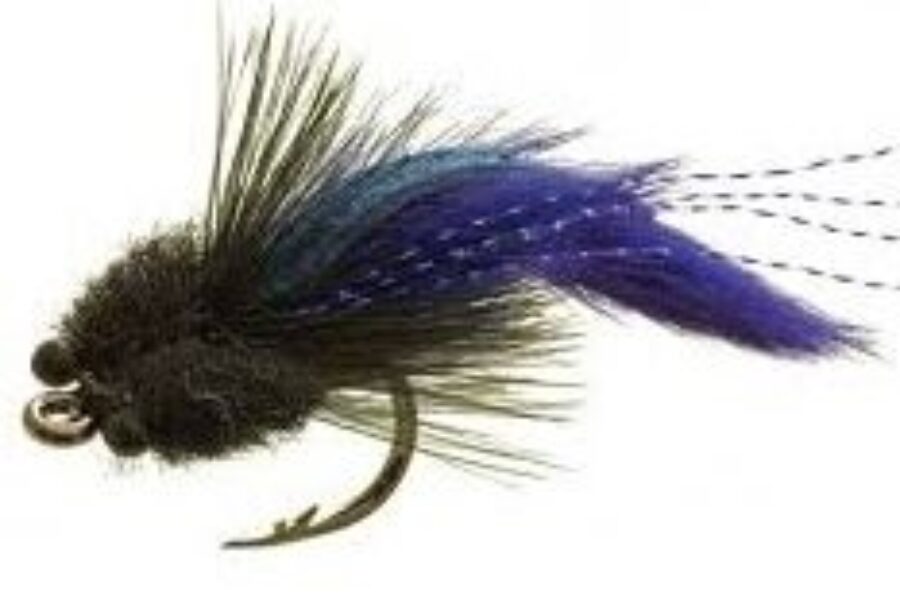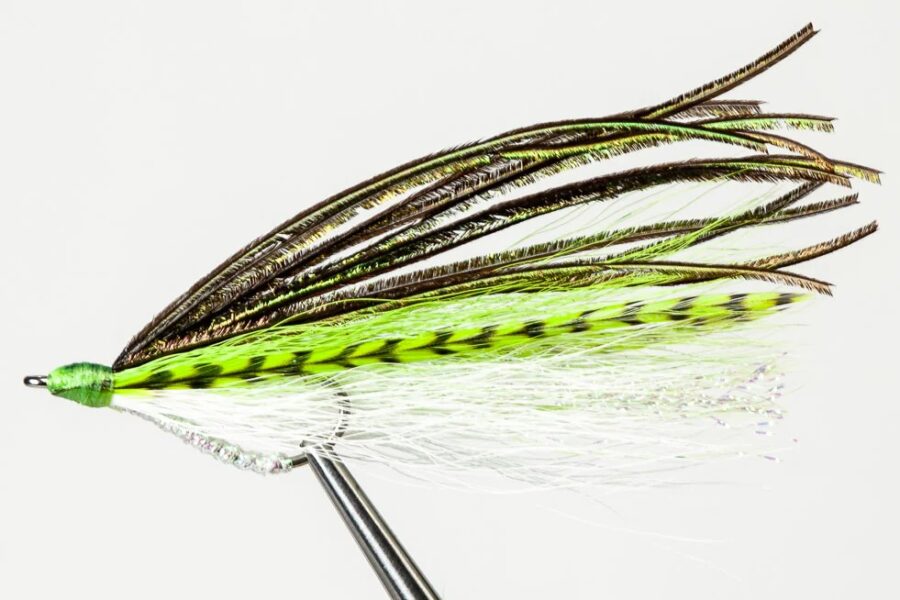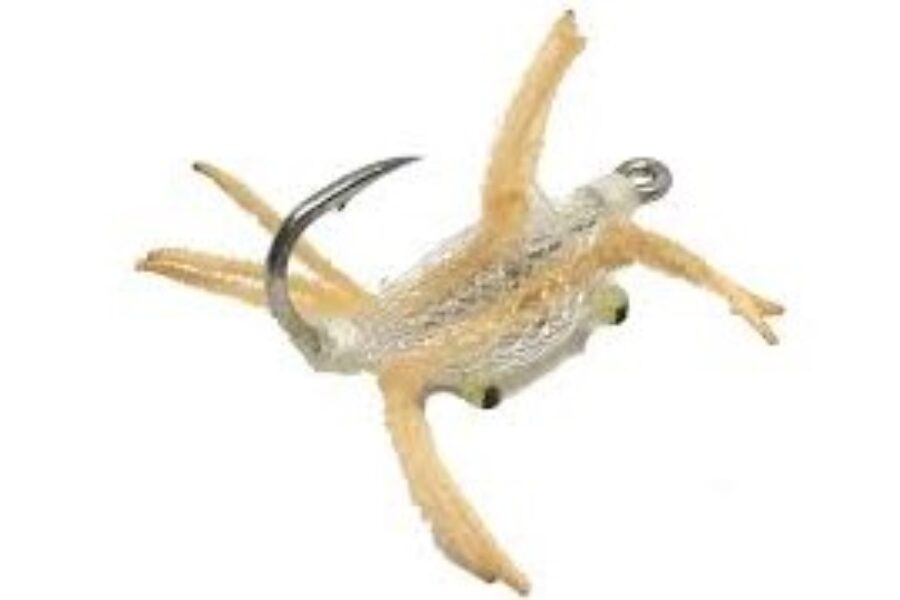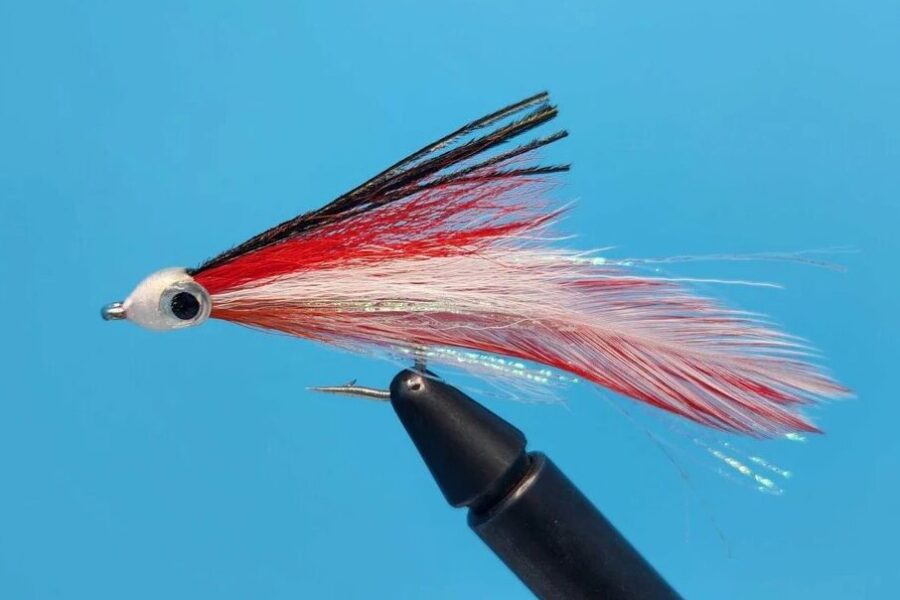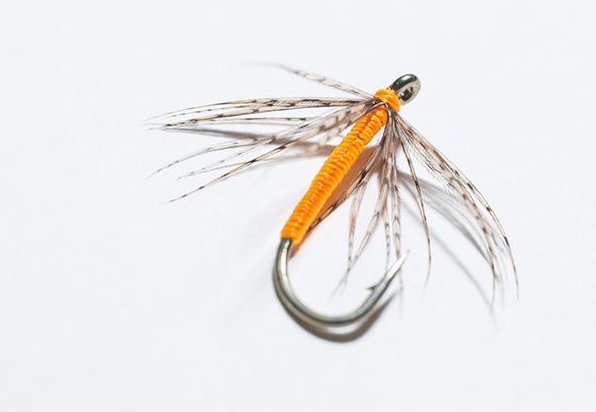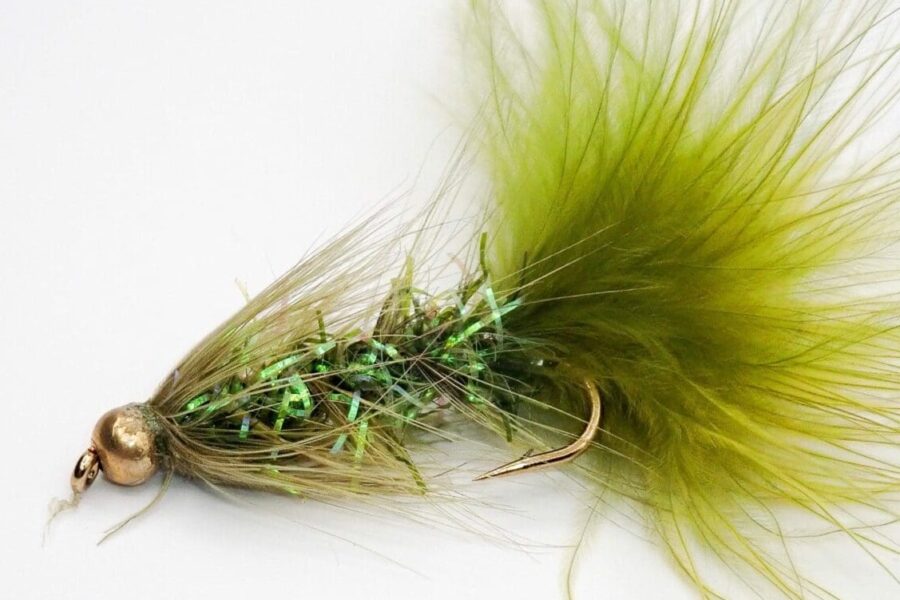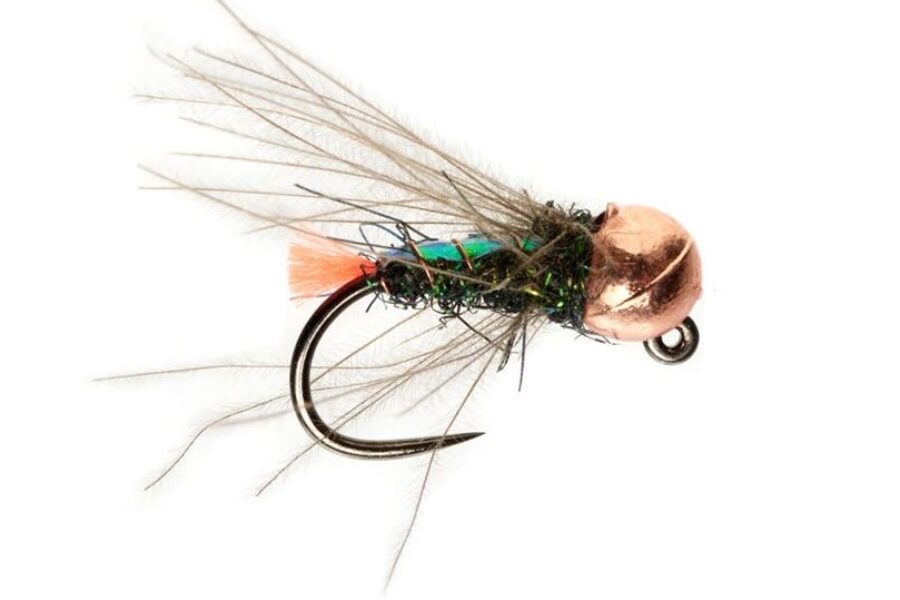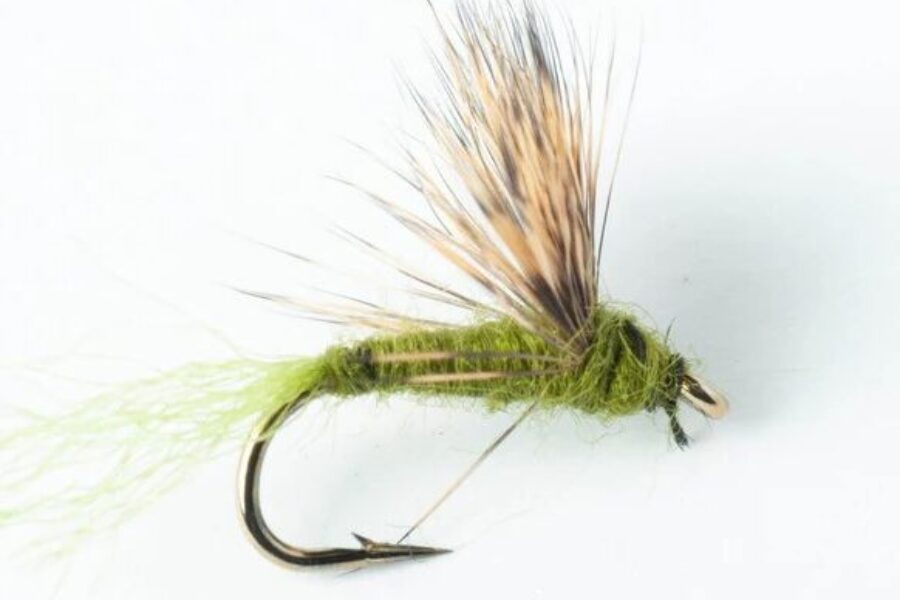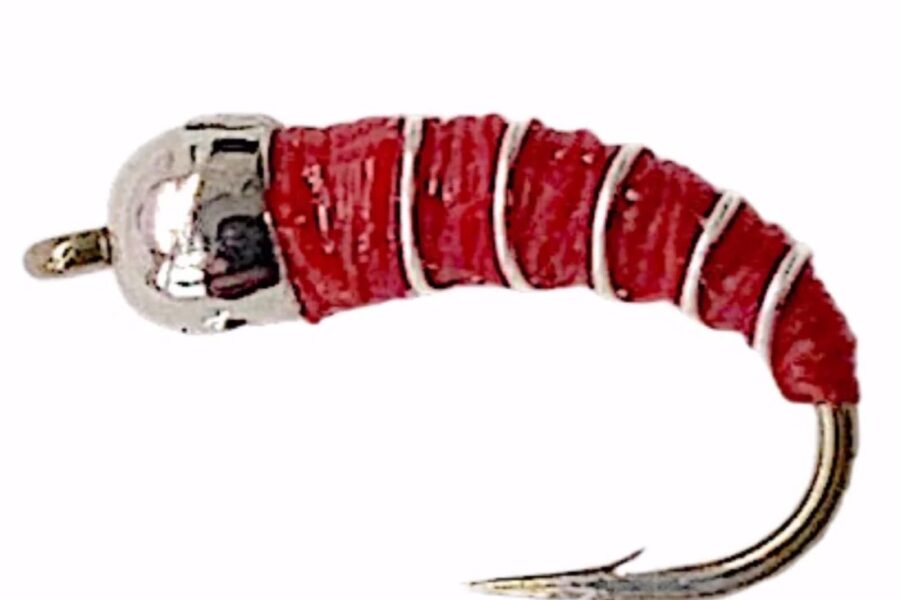Description
The Soft Hackle fly stands as one of the most enduring and versatile patterns in fly fishing history, where elegant simplicity meets remarkable effectiveness. This traditional pattern, with roots tracing back to the earliest days of fly fishing, has earned its reputation as one of the most adaptable flies ever designed, consistently fooling trout across various water conditions and hatches.
What sets the Soft Hackle apart is its brilliantly simple design that creates incredibly lifelike movement in the water. The specialized soft hackle feathers, carefully selected and proportioned, provide that signature pulsing action that suggests multiple forms of aquatic life. The pattern’s sparse dressing allows it to suggest everything from emerging insects to swimming nymphs, while maintaining a natural appearance that triggers strikes.
Professional guides particularly value this pattern’s versatility across different fishing scenarios. Whether swung through riffles, dead-drifted in runs, or fished as an emerger, the Soft Hackle’s effectiveness spans multiple situations. The pattern proves especially deadly during hatches when insects are in transition between life stages.
Durability defines every aspect of this fly’s construction. Each pattern features reinforced thread wraps at critical stress points, ensuring the delicate hackle maintains its crucial movement even after multiple fish. The premium hackle feathers resist compression and maintain their action cast after cast, while the simple body continues providing that essential profile that makes this pattern so effective.
The pattern’s success lies in its ability to suggest multiple food sources while maintaining natural movement. The mobile hackle fibers can imitate everything from emerging mayflies to swimming caddis, depending on your presentation. Swung presentations allow the hackle to pulse enticingly in the current, while dead-drift approaches let the materials work subtly to suggest vulnerable prey.
Field testing has proven the Soft Hackle’s effectiveness across diverse fishing environments. From chalk streams to freestone rivers, this pattern consistently produces results. Its success isn’t limited by conditions – whether fished in gin-clear water or during heavy hatches, the pattern maintains its effectiveness.
The Soft Hackle truly excels during specific conditions. Transition periods, when insects are emerging or egg-laying, see this pattern at its most effective. The suggestive profile and natural movement prove especially deadly during those crucial moments when fish are actively feeding but may be selective about fully-formed dry flies.
For maximum effectiveness, we recommend varying your presentation based on conditions and fish behavior. In faster water, the traditional down-and-across swing often produces best. In slower pools, dead-drift presentations with occasional twitches prove more effective. The pattern’s versatility allows you to adapt to changing conditions throughout your fishing session.
To maintain your Soft Hackle’s effectiveness, proper care is essential. Store these patterns in a way that prevents compression of the hackle fibers. After each use, allow to dry completely before storage. With proper care, these flies will maintain their fish-catching properties through multiple successful outings.
Available in sizes 12 through 18, these premium patterns are ready to match various aquatic insects throughout the season. Each size maintains the same careful attention to proportion and detail that makes this pattern so effective. Whether you’re targeting selective trout during specific hatches or searching likely water between hatches, there’s a Soft Hackle perfectly suited for your needs.
The pattern comes in several proven color combinations to match different insects and conditions. The classic partridge and orange version excels in most situations, while the darker variants prove deadly during caddis activity. For mayfly hatches, the dun-colored versions have earned a reputation as consistent producers.
Water conditions and insect activity significantly influence this pattern’s effectiveness. During hatches, matching the size and color of the natural insects produces best results, while slightly larger or more visible variations prove more effective when prospecting. The pattern’s ability to suggest multiple food forms while maintaining natural movement remains consistent across all situations.
Additional information
| Hook size | 12, 14, 16, 18 |
|---|---|
| Hook type | Barbed Hooks, Barbless Hooks |

